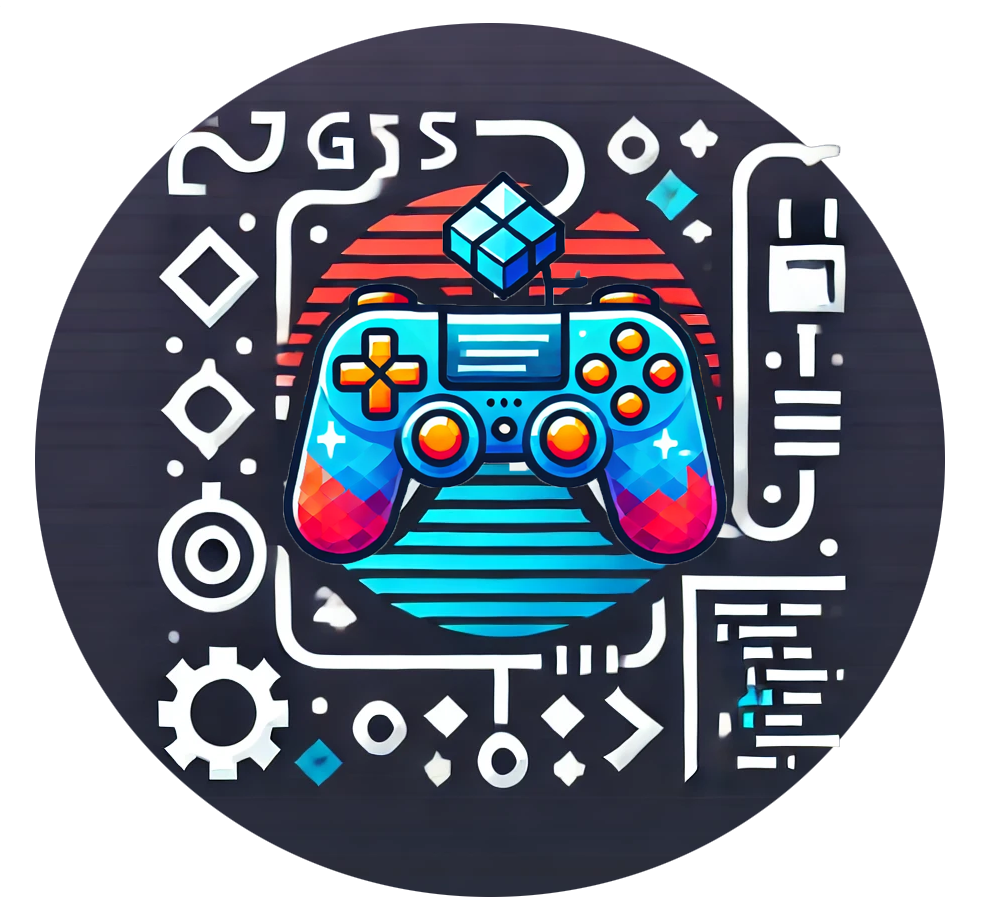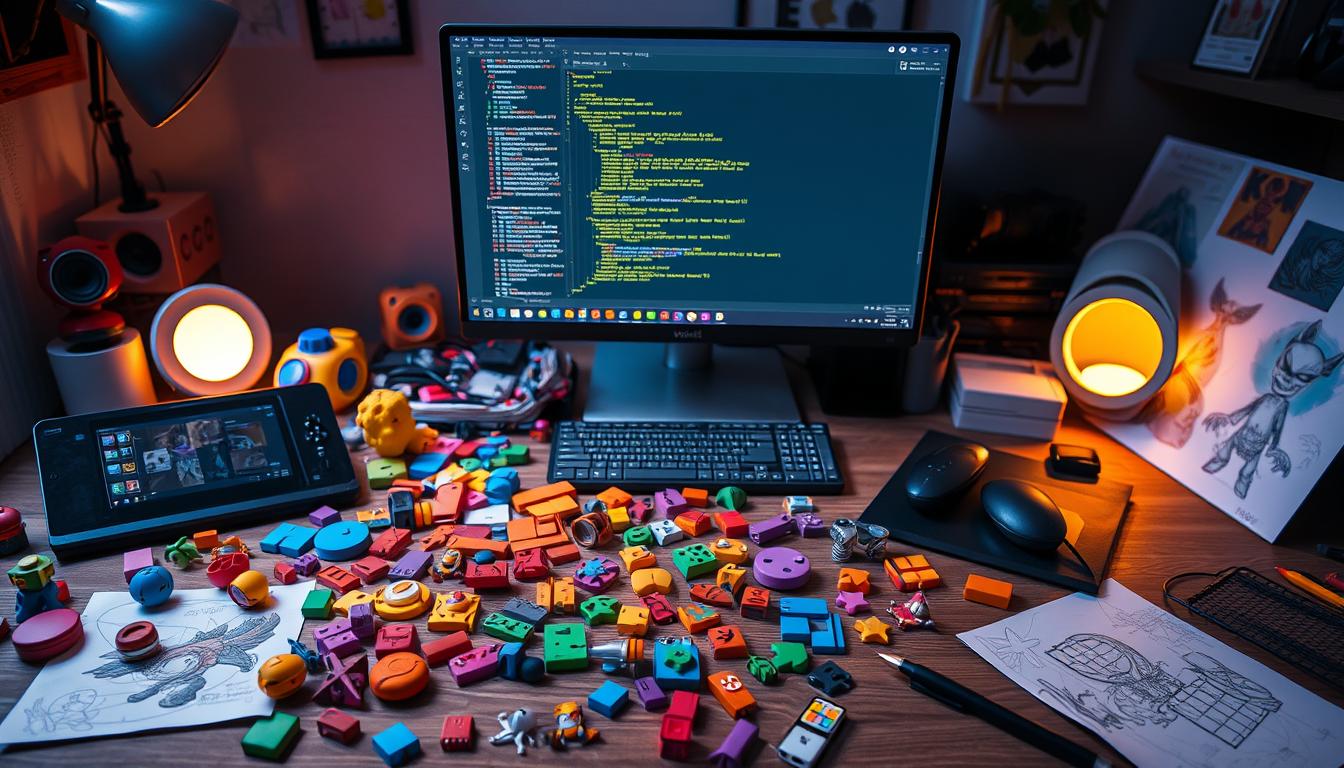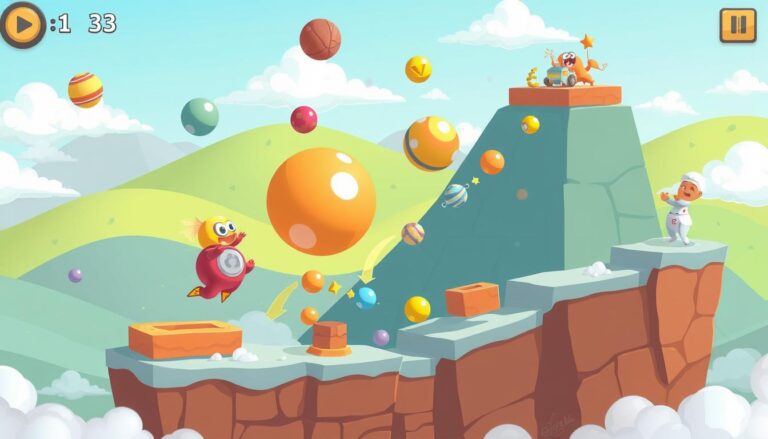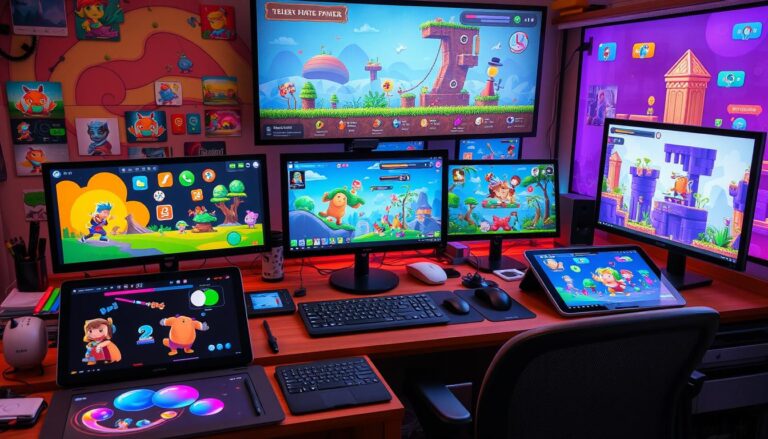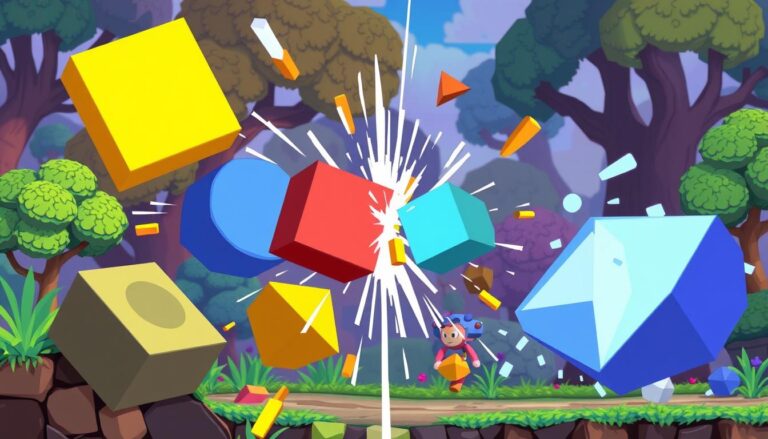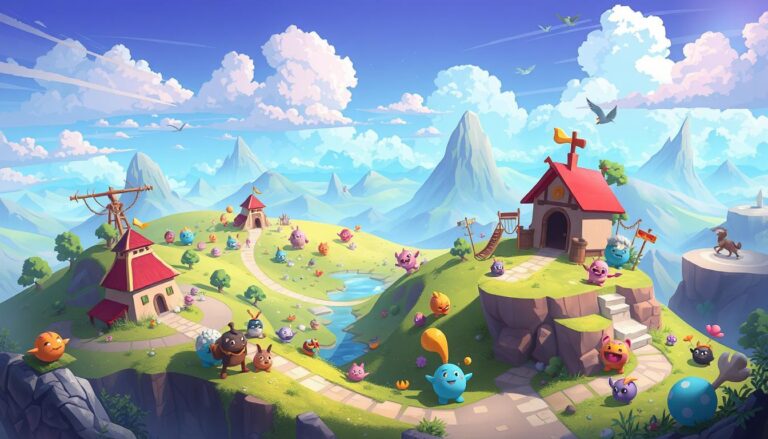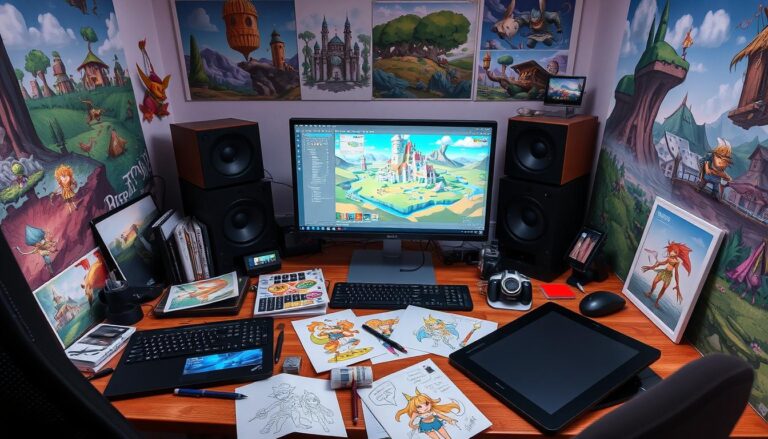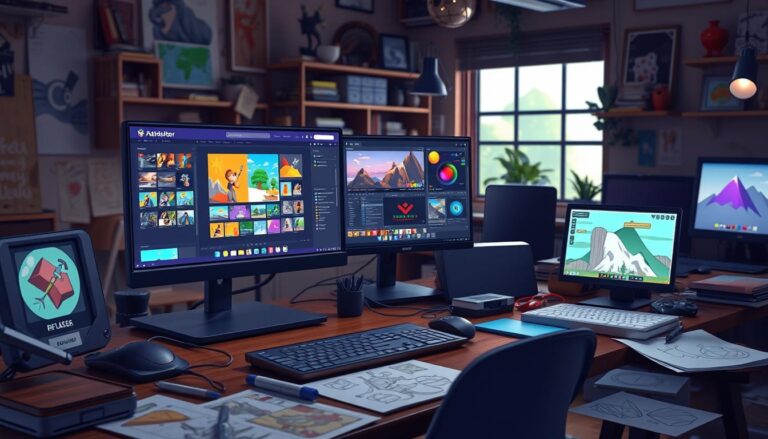What Are the Most Common Mistakes in 2D Game Development?
Creating a hit 2D game is tough. It needs careful planning, technical skills, and creativity. Even seasoned developers can make mistakes that hurt their projects. These errors can affect the game’s quality and success.
One big challenge is the long time it takes to make a game. It can take months or years, especially for one person working alone. Rushing can lead to cutting important parts, ignoring bugs, and releasing unfinished games. This can harm how well the game does in the market.
Starting without a clear plan or game design document can cause problems. It makes it hard to keep the project on track. Thinking you can do more than you can is also a mistake. It can lead to frustration and quitting, which hurts the game industry.
To make a great 2D game, you need patience, good planning, and open feedback. By avoiding these common mistakes, developers can make games that players love.
Poor Planning and Project Scope Management
Good planning is key to making a 2D game successful. Many developers start without a clear plan. This can cause confusion and make the project go wrong.
Setting unrealistic goals is another mistake. It leads to rushed work and a game that doesn’t meet expectations.
Not knowing who the game is for can also fail. It’s important to understand what players want. This helps make a game that players will love.
Starting Without a Clear Game Design Document
Starting a game without a plan is like building a house without a blueprint. It leads to confusion and a game that doesn’t work well together. A good game design document is essential before starting.
Setting Unrealistic Development Timelines
Rushing the game development can be very bad. It can make the game not as good as it should be. It’s better to plan carefully and set realistic goals.
Lack of Target Audience Research
Not knowing who the game is for can also fail. It’s important to understand what players want. This helps make a game that players will love.
To avoid these mistakes, developers should plan well, set realistic goals, and know their audience. This way, they can make a game that players will enjoy.
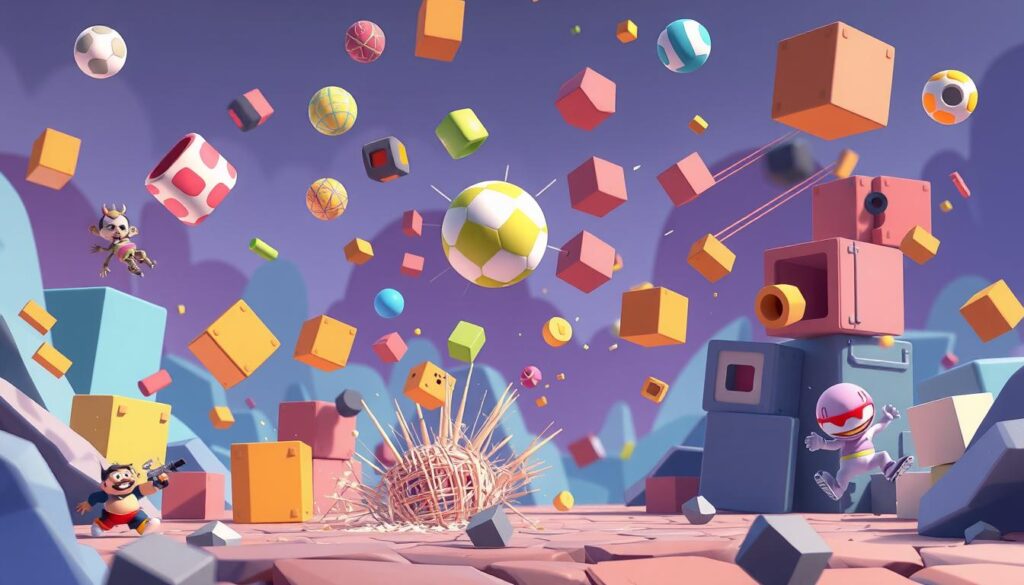
| Metric | Average |
|---|---|
| Time for game development per day | 1 hour (twice a day) |
| Time to get into the right mindset | 15 minutes |
| Time to implement a feature | 1 to 7 days |
| Time spent on development work per week | 18 hours |
| Features delivered per week | 1.75 |
| Time to complete a feature | 12 hours |
| Estimated development time for a multiplayer game | 6 months |
Technical Oversights in 2D Game Development
Creating 2D games is all about the details. A big mistake is ignoring important technical issues. These can really hurt how well a game works and feels.
One big problem is not having enough Quality Assurance (QA) help. Studios might rush or save money by skipping QA. This leads to bugs and problems that mess up the game for players. It’s key to have QA help at every step to keep the game running smoothly.
Modern games are getting more complex, which means more chances for technical problems. Developers need to test their games well on different platforms and setups. This includes checking how the game works, looks good on all devices, and is safe to play. Fixing these issues early can save time and money, making the game better in the end.
Using new tech, like game user interface and game scripting, can be both good and bad. Tools like AI can make games better, but they need to be used right. Developers must find the right mix of human creativity and tech to keep the game great.
By fixing technical problems and balancing tech and creativity, 2D game makers can make games that really grab players’ attention.
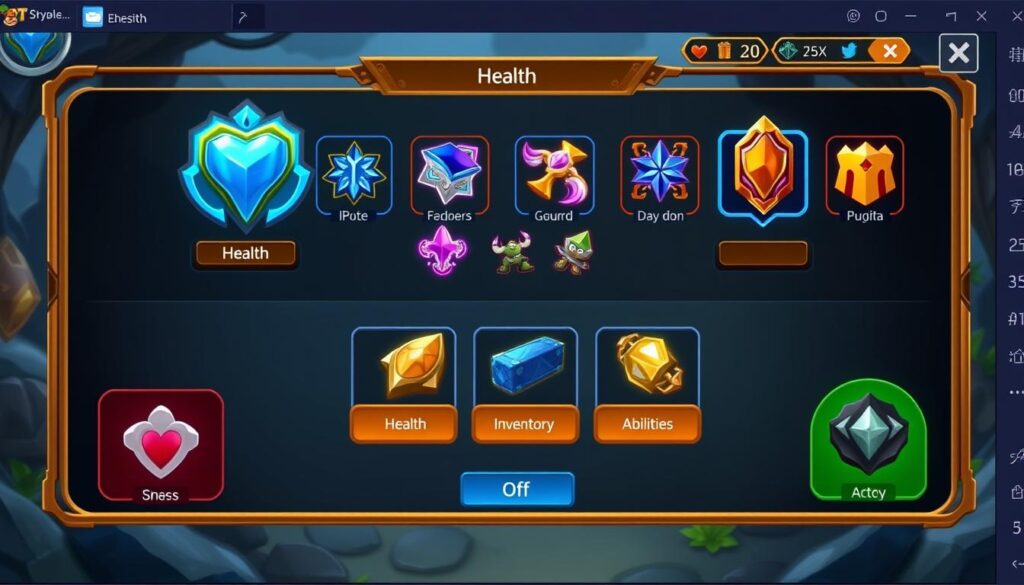
Asset Management and Resource Optimization
Managing assets well is key in 2D game development. Developers must handle sprite animation and asset management carefully. This ensures games run smoothly, especially on mobile devices.
Inefficient Sprite Organization
Poor sprite organization is a common mistake. Messy sprite sheets and disorganized files cause confusion and slow work. Developers need a clear system to keep sprites organized and workflow efficient.
Poor Memory Management
Good memory management is essential. Bad memory use can slow games, especially on mobiles with less power. Developers should use asynchronous loading to avoid freezes and improve game speed.
Unoptimized Art Assets
Badly optimized art can slow games down. Big or poorly compressed images and models increase file sizes. This leads to longer loading times and performance issues. Developers should use formats like ETC1/ETC2, ASTC, and DXT1/DXT5 to keep art quality high while optimizing for different platforms.
By tackling these asset management and resource optimization issues, developers can make better games. This leads to happier players and more success in 2D game development.
Game Design and Mechanics Flaws
Making a great 2D game is not just about tech skills. It also needs smart game design and solid mechanics. Even experienced developers can make mistakes. They might copy others too much, aim for perfection too hard, or forget about their team’s limits.
Developers should aim to add something new and fun to their games. They need to find a balance between being perfect and being practical. It’s important to match the game’s design with the team’s skills and the engine’s features.
This means focusing on good level design, solid game physics, and reliable collision detection. These elements make the game smooth and fun to play.
By avoiding these common mistakes, 2D game makers can create games that really grab players’ attention. With creativity, common sense, and technical skill, they can make 2D games that players will remember for a long time.
